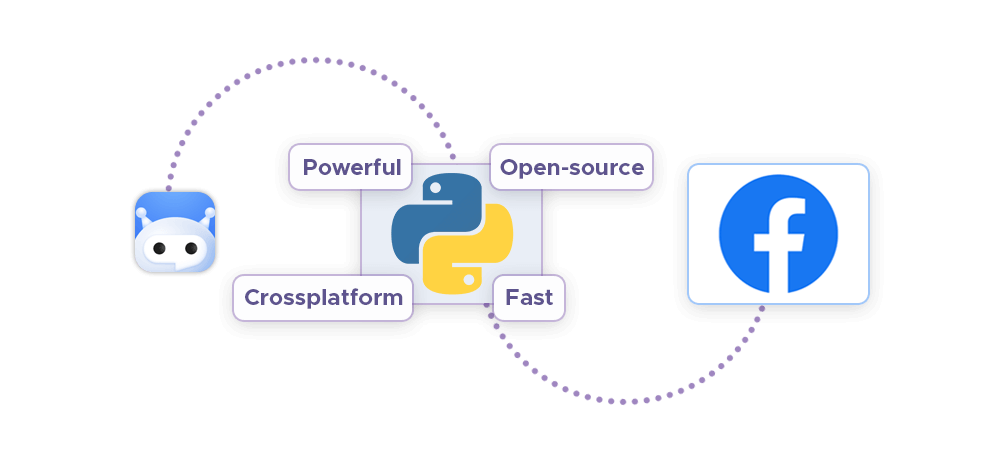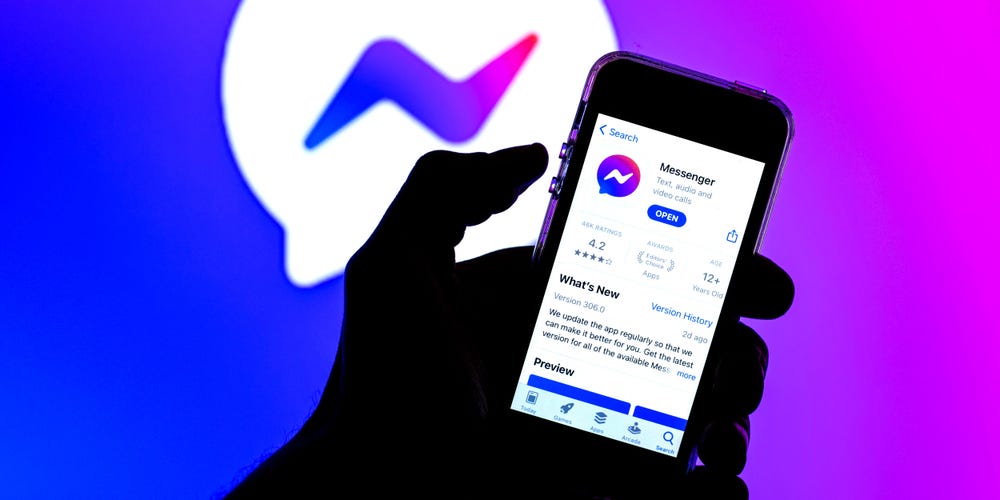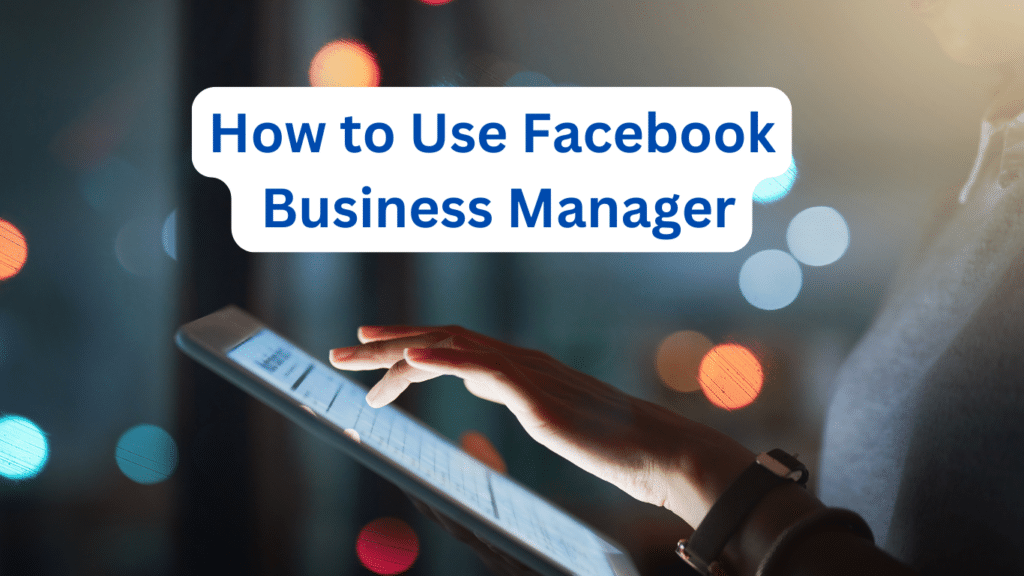Believe it or not, Facebook is still the most used social media platform, with at least 2.8 billion people connecting globally.
Not to mention, Facebook was one of the first legitimate social media platforms to come into the picture on February 4, 2004. In short, it was made to keep in touch with their friends and family and share their life moments.
However, as time passed, Facebook was soon replaced by other social media platforms, such as Instagram and Twitter (Now known as X).
Soon, Facebook (Now known as Meta) bought Instagram in 2012 and combined both under Meta.
So, how does Facebook make money?
So, Facebook (known as Meta) is worth around 1.71 trillion dollars today.
Again, the question remains, “How does social media Giant Facebook make money from its users?“
Let’s figure it out together.
Page Contents
The Power Dynamics of Meta’s Free Platform
Are you curious how much it costs to make money on Facebook?
Also, it is important to understand the real power dynamics of Facebook’s free platform.
Many users do not have to pay a single penny to sign up or to access the latest features.
But this is where it hits!

Have you heard the quote, “If you are not paying for the product, then you are the product!”
Understandably, Facebook’s real value comes from the data it collects and the power & ability to sell it to its advertisers.
As per the founder of Facebook, Mark Zuckerberg’s infamous quote, “The Future is Privacy”.
Despite its commitment to 100% privacy, how does the platform generate trillions of dollars?
Well, here is the short & simple answer: “It generates millions of dollars every year by simply tapping into the user data & offering targeted advertising.”
Pretty much a solid answer, right?
The Primary Revenue Stream of Facebook’s Advertising
Most of Facebook’s revenue comes from advertising. However, in 2023, Facebook made over $117 billion in ad revenue, let alone.
This makes you think, what makes Facebook advertising so profitable? Let’s find out;-
- Targeted Advertising
One of the major reasons advertisers lean more toward Facebook is its ability to target users more precisely.
Therefore, Facebook collects a wealth of data on its users, which includes their demographics, interests, location & even their online behaviours.
It also allows advertisers to customize their ads to fit their likeliness. This benefits those who are more likely to engage with their products or services.
Think of it like this – You are running an ad for a new pair of running shoes that can be shown only to people with the same interests.

Facebook’s COO once said, “We are not just selling ads; we are selling attention.”
- Ad Formats
Facebook offers advertisers a range of ad formats. These include of;-
1. Display Ads
Display Ads? These standard ads appear in your news feed along with the images & videos.
2. Sponsored Posts
Most brands can help you create a user-based post that resonates with your followers. These sorts of posts are marked as sponsored posts.
3. Carousel Posts
These sorts of posts are for businesses. These posts allow companies to showcase multiple images or products within a single ad, increasing engagement.
4. Stories Ads
As Instagram stories & now Facebook stories continue to grow, more and more. It is now possible for people to display their ads between stories.
- Facebook’s Other Ad Network
The only way to run ads on Facebook is through the app itself. However, there is a way by which one can extend their ads to other websites & applications via Facebook Audience Network.
The Secret Sauce Behind Facebooks Success
Facebook is known for its reliability & its ability to connect users from across the globe. But do you know the secret sauce behind Meta’s massive success?
Well, it’s none other than data. Yes, the real money maker for Facebook is the user data they swore is completely private.
The futuristic analytics opt for machine learning algorithms to analyze user behaviour & deliver more personalized content, making the platform more engaging, important, and profitable than ever.
Now, onto the next big success reveal!
Facebook’s ability to create a more precise user profile & offer advertisers access to these profiles has been the central reason for the business’s success.
Even though the company has faced criticism over the given privacy concerns & its data usage, it remains the most powerful advertising tool.
The Controversy Clouds Surrounding Facebook (Meta) Monetization
Even though Facebook’s ability to get more revenue through user-based data is not quite as profitable as it may seem through the statistics.
But there is another part to look at it.
There have been many concerns about work & privacy ethics for the past several years.
In the meantime, Facebook has faced backlash for handling user data, particularly following the Cambridge Analytica scandal, where millions of users’ personal information is harvested for political advertising.
In his defence, Mark Zuckerburg has said in his testimony before Congress, “We are responsible for data and how it is being used.” That was his word, and you have reason to believe that the data-selling conspiracy has some truth.
In recent years, Facebook has taken drastic measures to improve overall transparency and give users more control over their data and how it’s been perceived.
But, the privacy concerns remain the same! And, from the looks of it, it is clear that Facebook’s success relies on its ability to balance profitability with user trust.
What is Our Final Thoughts?
“How does Social Media Giant Facebook Make Money From its Users?” is a question that has been debated for a long time. However, there is no denying the fact that most of the earnings come from tapping user data.
Other than that, Facebook’s ability to monetize its user base has made it one of the most powerful yet successful ventures in the world.
While the platform might be free for users, a huge income comes from selling targeted advertising, leveraging user data, and expanding its reach across multiple platforms such as Instagram and WhatsApp.
However, as Facebook continues to grow & evolve mercilessly, its main focus is on advertising, virtual reality, and e-commerce businesses are more likely to shape the financial future.
In the true words of the master, AKA Mark Zuckerberg, “The Future is Private.” But is it?
However, one thing is quite certain: Facebook/Meta will continue to find new ways to turn the user base into more profitable, yet earning more zeroes behind the trillions.
It will still find a new way to be a giant and keep its dominating force across the globe in the coming years.
So, we hope that you have got your answer. Although the answer is tough to digest, it is a fathom fact that cannot be metamorphosed.


